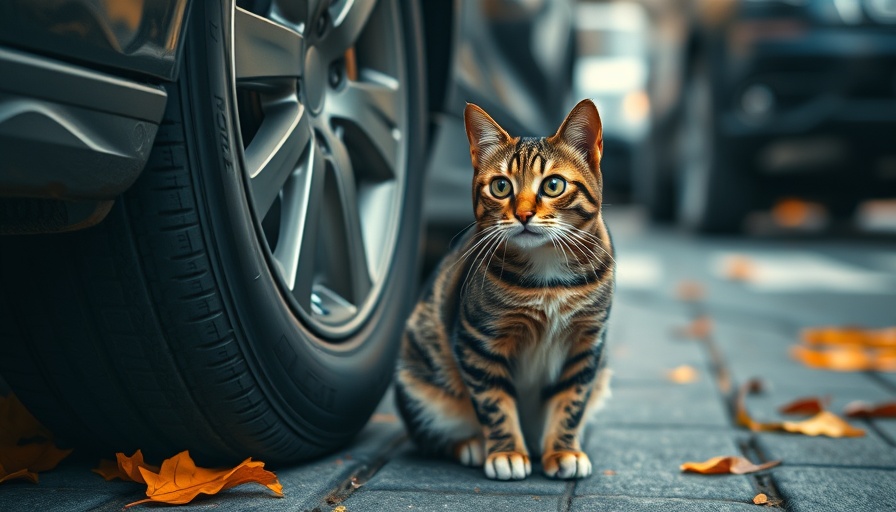
Can Dogs Eat Cherries? Understanding the Risks and Benefits
As pet owners, we often find ourselves sharing our meals with our furry companions. The question arises: can dogs eat cherries? While the answer may seem simple, it is multifaceted and depends on several factors, including preparation and quantity. With the warm season approaching, many dog owners may want to treat their pets to this juicy fruit. However, it's essential to understand both the risks and benefits associated with cherries.
Cherries: A Nutritious Snack or a Hidden Hazard?
Fresh cherries, when stripped of their pits, stems, and leaves, can be a delightful snack for dogs. They're packed with vitamins and nutrients, including antioxidants and Vitamin C, which can enhance your dog’s immune system. Furthermore, cherries are low in calories and fat, making them an appealing option for those monitoring their pet's dietary intake.
However, pet owners must be vigilant, as cherry pits, stems, and leaves contain cyanide, a toxic compound dangerous to dogs even in small amounts. Maintaining awareness of preparation methods ensures that your dog enjoys cherries safely.
Benefits of Cherries for Dogs: Health Perks
There are several benefits to introducing cherries into your dog's diet. One key advantage is their anti-inflammatory properties. Older dogs, in particular, may find relief from aching joints and inflammation through the antioxidants present in cherries. Additionally, as cherries have a high water content, they provide a small hydration boost, especially during hot summer days. The natural sugars in cherries can also energize your furry friend, leading to playful behavior!
Risks to Consider When Feeding Your Dog Cherries
While cherries can present health benefits, they're not without risks. Their high sugar content can lead to stomach upset if too many cherries are consumed. For dogs with diabetes or obesity, this is particularly concerning. Moreover, the management of sugar intake becomes crucial as excessive sugar consumption can exacerbate existing health issues.
What Are the Right Portions for Your Dog?
Moderation is critical when introducing any new food into your dog's diet. A small piece or two of cherry is often sufficient as an occasional treat. It is crucial to observe how your dog reacts after consuming cherries and adjust accordingly. Consulting with your veterinarian is advisable before introducing any new food into your dog’s diet, especially if they have known health concerns.
Alternatives to Cherries: Exploring Other Safe Fruits
While cherries can be a fun and nutritious treat, other fruits may also serve as healthy snacks. Apples (without seeds), blueberries, and watermelon (without seeds and rind) are excellent fruit options for dogs. These fruits provide similar health benefits, and both dogs and pet owners can share in their enjoyment!
Conclusion: To Cherry or Not to Cherry?
In conclusion, while cherries can be an enjoyable treat, it's essential to prepare them correctly by removing potentially harmful parts and offering them in moderation. Remaining informed about dietary choices empowers pet owners to make the best decisions for their furry friends. If you're considering adding cherries to your dog’s diet, reach out to your veterinarian for guidance.
Incorporating fresh fruits responsibly into your dog’s diet can lead to joy-filled moments as you watch them indulge in delicious snacks. So, what fruit will you try next with your faithful companion?
 Add Row
Add Row  Add
Add 


Write A Comment